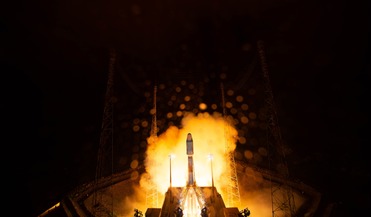 18 December 2019
After delays, ESA’s exoplanet mission launches successfully
18 December 2019
After delays, ESA’s exoplanet mission launches successfully
... diverse assortment extends from gassy worlds larger than Jupiter to smaller, rocky planets covered in lava, with...and composition of planets and determine whether they are gaseous like Jupiter or rocky like Earth, whether they are enshrouded in an...
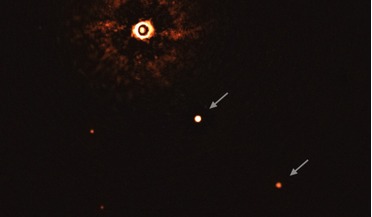 22 July 2020
Astronomers capture the first ever image of a multi-planet system around a Sun-like star
22 July 2020
Astronomers capture the first ever image of a multi-planet system around a Sun-like star
...distance. This places these planets much further away from their star than Jupiter or Saturn, also two gas giants, are from the Sun; ...ones in our Solar System, the inner planet having 14 times Jupiter’s mass and the outer one six times. Bohn’s team ...
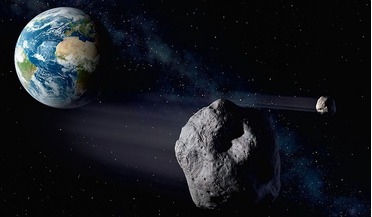 December 2014
Finding NEO
December 2014
Finding NEO
... small bodies composed predominantly of stony material ejected from the main asteroid belt between Mars and Jupiter due to gravitational and non-gravitational perturbations to their orbits, and migrating closer to Earth. Depending on details of their...
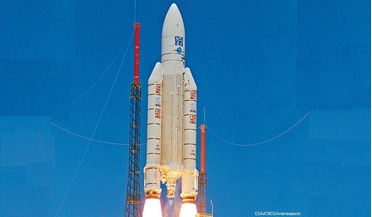 March 2015
ESA’s Clean Space Initiative and the role of the LCA tool
March 2015
ESA’s Clean Space Initiative and the role of the LCA tool
.... And what should be the optimal functional unit if an Earth observation mission should be assessed, or a scientific mission to Jupiter? After the assessment of three different types of space missions, study “hotspots” were identified. These areas...
 October 2015
Earth independence: new definitions of home on Mars missions and beyond
October 2015
Earth independence: new definitions of home on Mars missions and beyond
..., as seen in 1990 by the Galileo spacecraft I have a picture of Earth taken in 1990 by the Galileo spacecraft on its way to Jupiter. From a distance of 4 million miles our home appears a planetary system, with Earth and our Moon travelling...
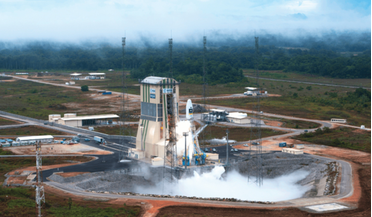 July 2016
France, Europe and Russia - two decades of space launch cooperation
July 2016
France, Europe and Russia - two decades of space launch cooperation
... launcher system in this manner paved the way for a one-of-a-kind cooperation within the field worldwide. Jupiter launch control center, Guiana Space Centre Most of the Soyuz launcher-dedicated installations are similar to that...